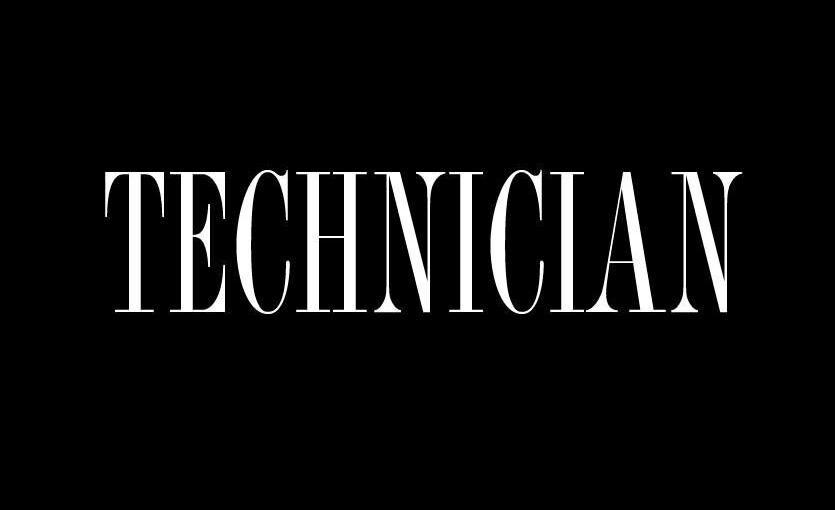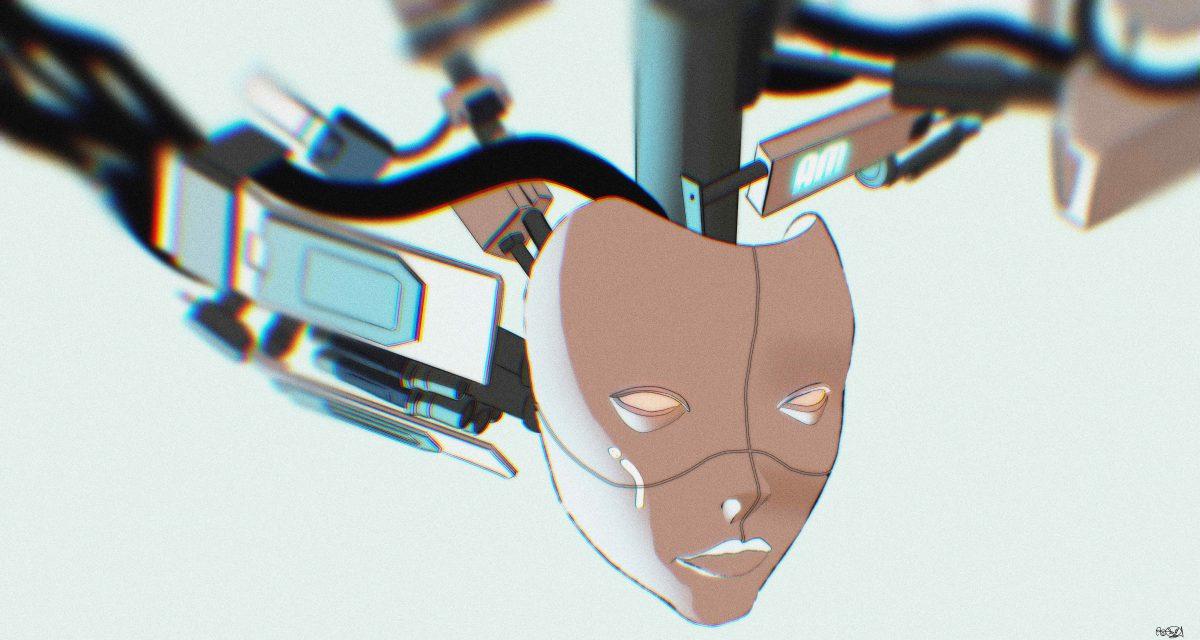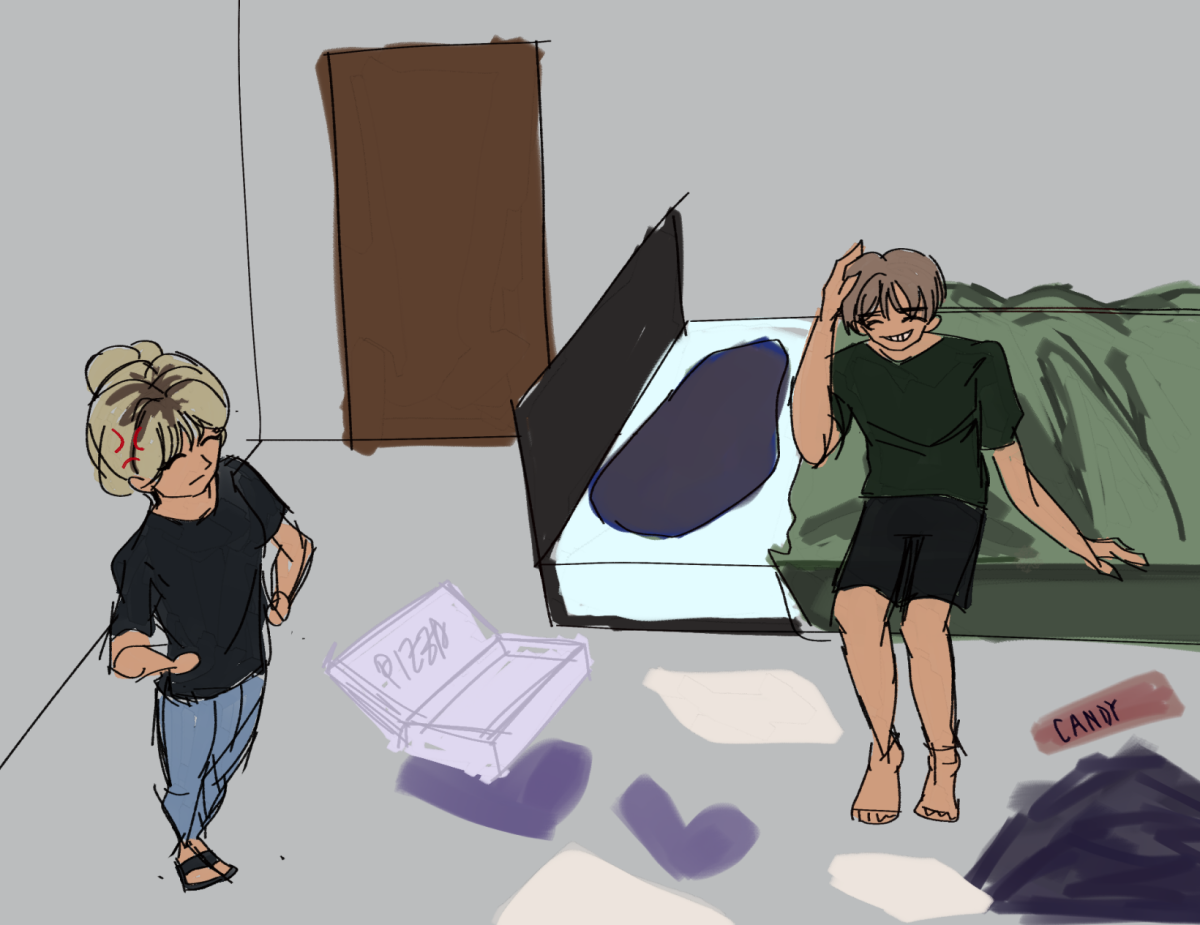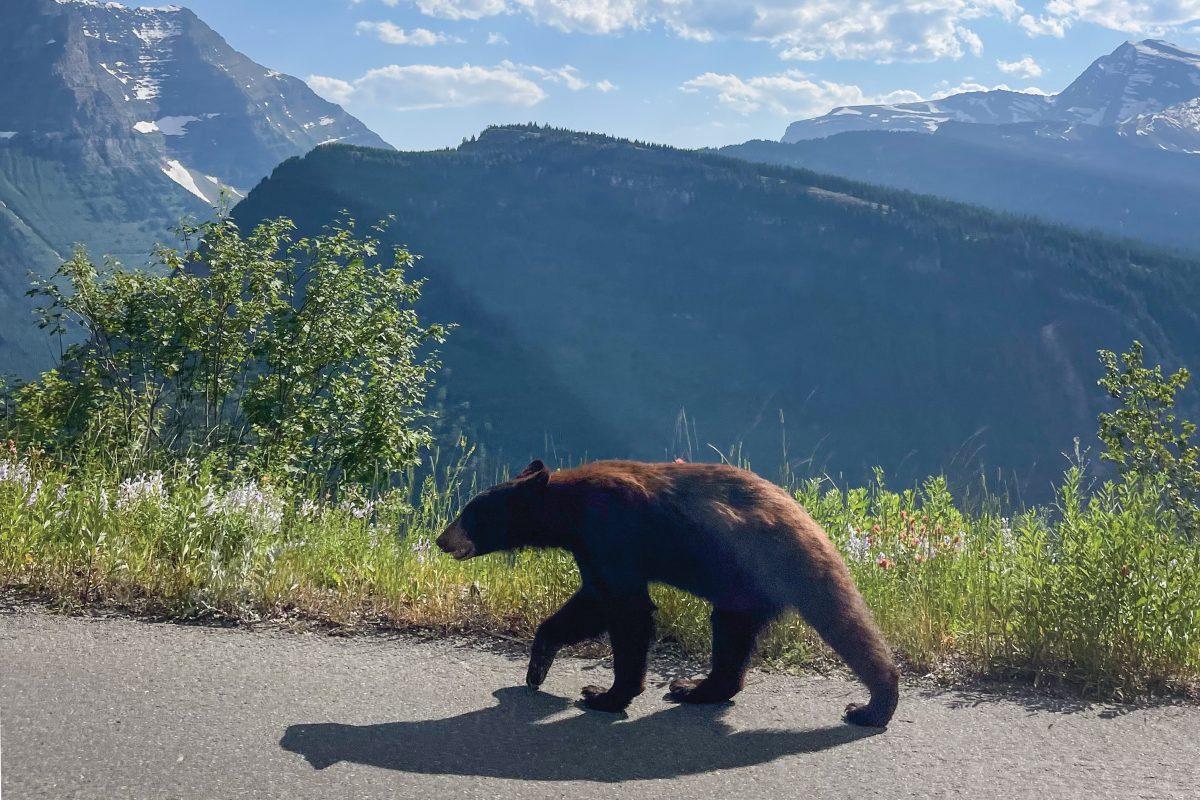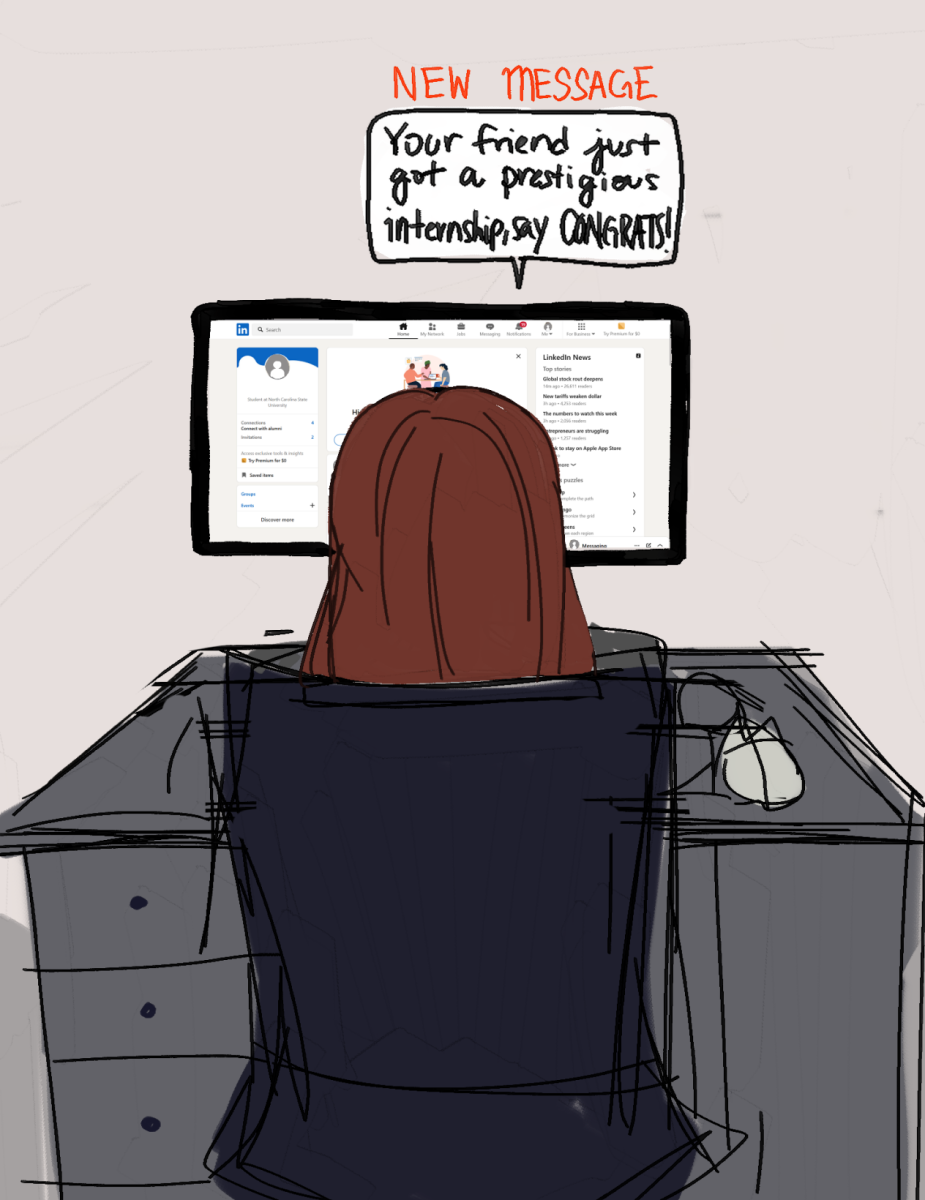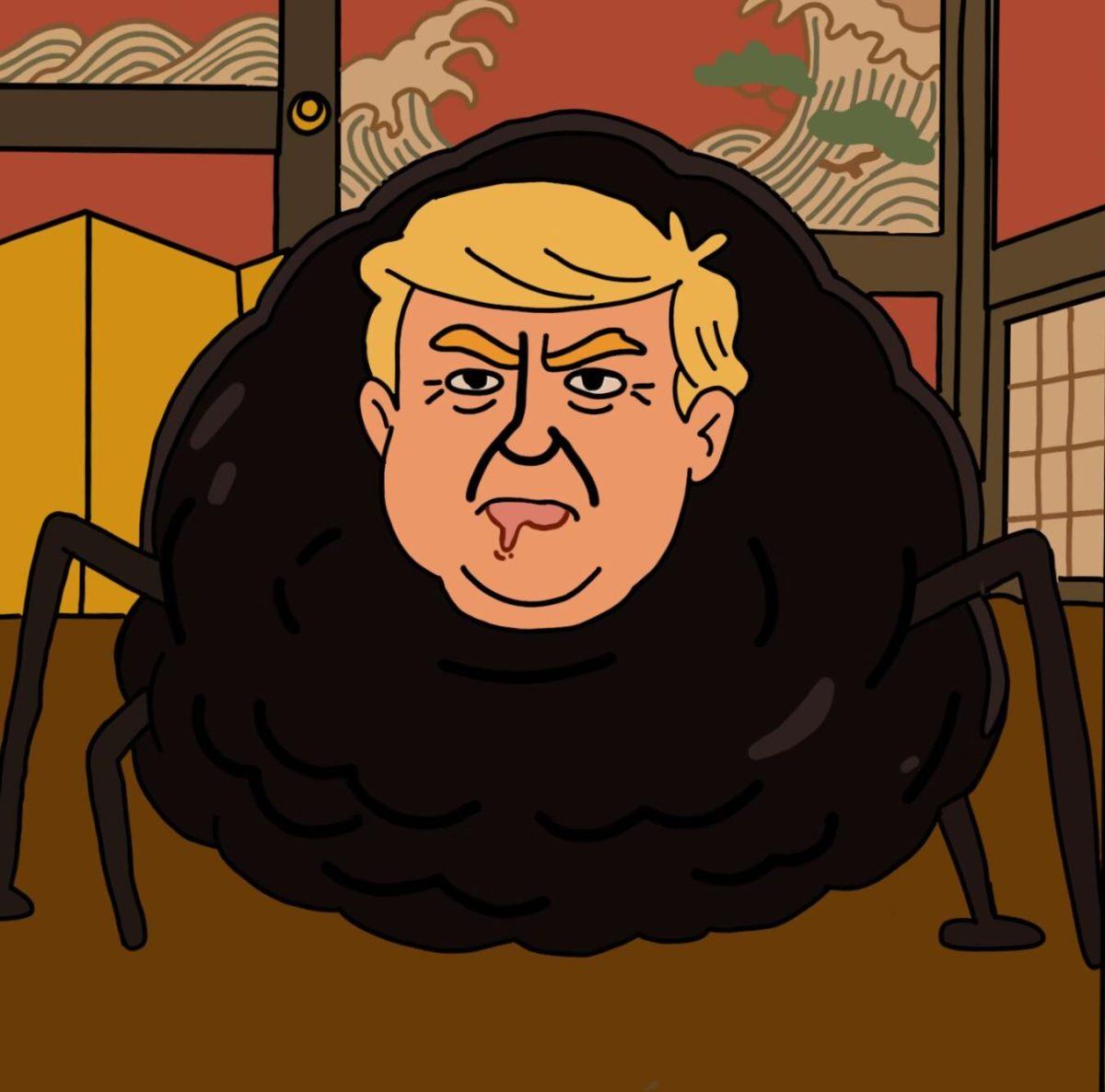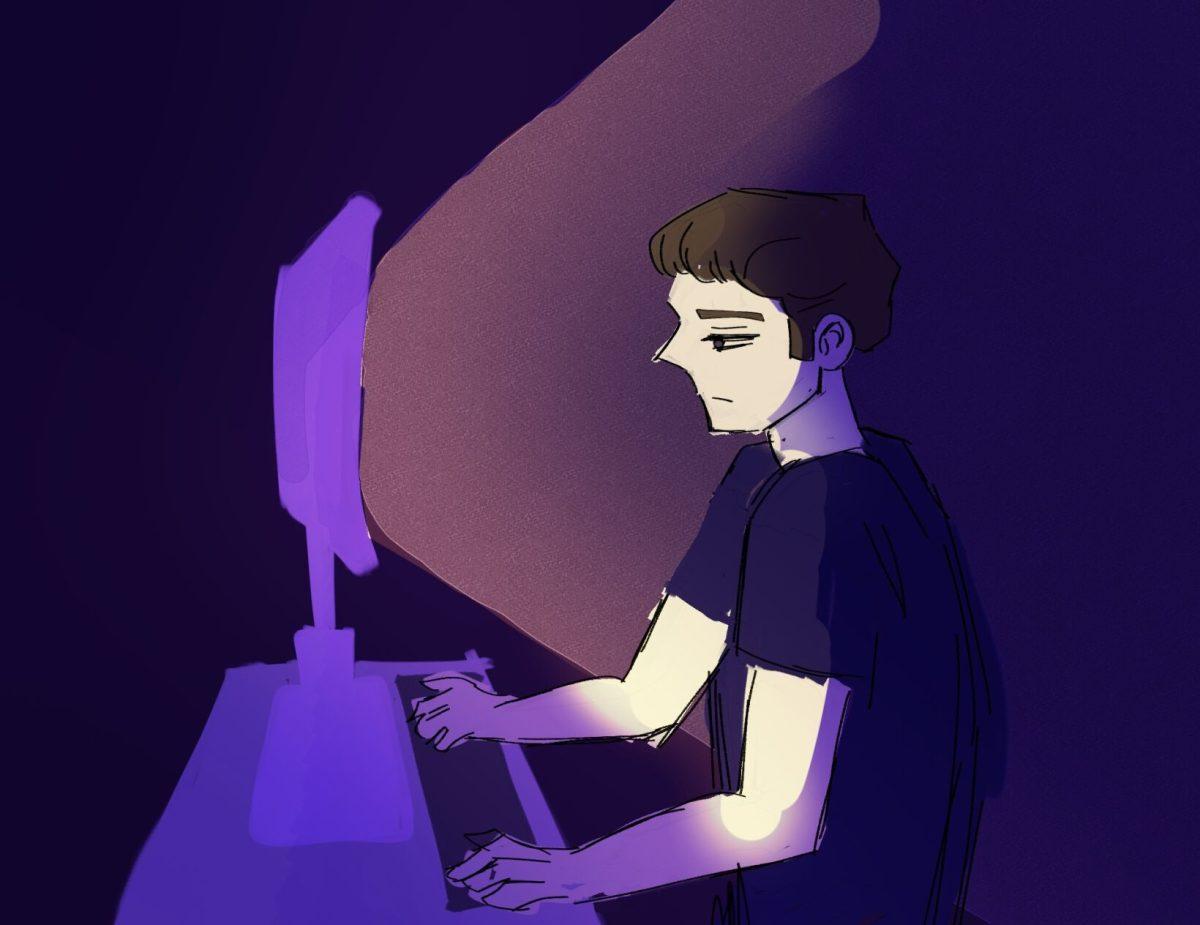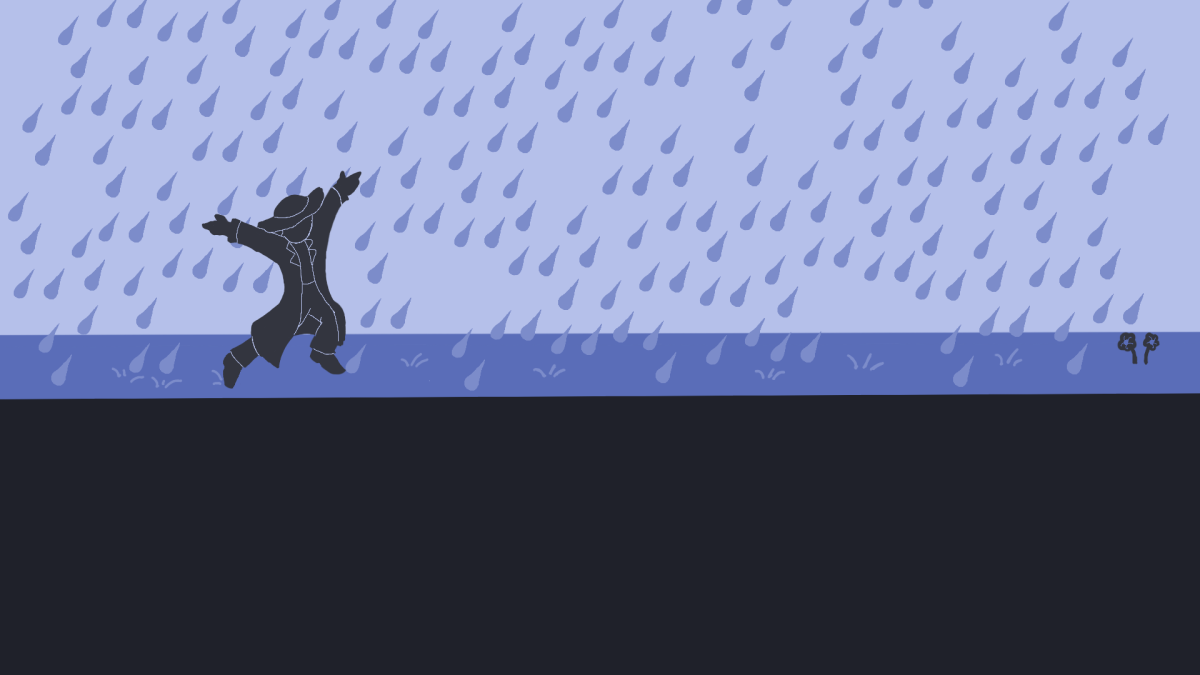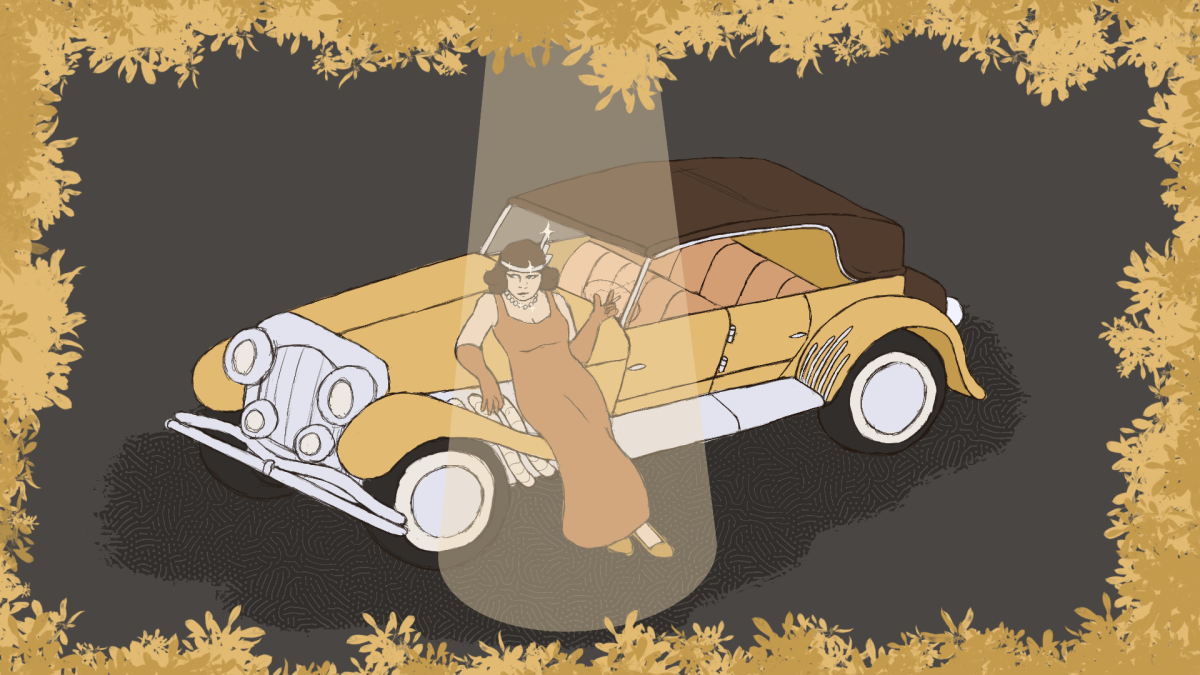Radios: they’re in our cars, sure, but we don’t really give them a second thought. Besides, with Spotify and Pandora and the million other music streaming services, it seems more and more every day like the radio is going to go the same way of the dinosaurs.
But it shouldn’t. There’s definitely a threat to the medium there, but there’s so much history and purpose behind it. Music, news, opinions, it’s the one-stop shop for all that and way more with the press of a button or the spin of a knob. But it’s usually placed next to digital broadcasting as competition, when in reality, it could be a great friendship. Whether you’re strict or loose with what “real radio” is, it’s clear that the industry needs to adapt to survive, and it should, because it’s a unique medium unlike any other.
NC State communication professor Fredessa Hamilton worked for years in the radio broadcasting business, and she sees several problems arising for current radio. She notes the development of streaming as giving the average media consumer the ability to listen to whatever they want, whenever they want, and more easily input their opinions on the quality of the service with “like” buttons and other features. She added, “More than likely, I believe the beginning of the end for radio was when you put a mini-plug inside a car, and plug in anything you want.”
Personally, public radio is a necessity for me. I drive a lot, and those trips would be so much more boring if it weren’t for public radio. My friend jokes that he can’t listen for more than five minutes without falling asleep because of their voices, but public radio is more than just that. It provides news coverage on all levels, from downtown Raleigh to the other side of the world. Additionally, many radio programs broadcast features and stories with journalistic quality on par with any other outlet.
But my desire for AM/FM to stick around doesn’t have much impact on its actual longevity. Some say it’s thriving, some say it’s dying. Truly, I’m partial to the former, but that’s if you’re willing to stretch the definition of that word “radio” a little bit.
“Digital is where the market is moving, and it’s what listeners crave,” SoundExchange CEO Michael Huppe told Music Business Worldwide. “Rather than doubling-down on a declining business, radio should seek a commonsense solution that recognizes the new reality of the marketplace.”
Podcasts, for example, have recently exploded in popularity. A couple-hours-long episode of various personalities sitting around talking about your favorite topic — such as history, politics or technology — have become a common occurrence on many people’s phones, iPods or other media players. I believe accepting trends like this, and others, is how radio will stick around.
Some don’t like it at all, but the definition of “radio” should not be tied to certain technology, or formats. As Hamilton told me, some stations are already making that jump. Many stations, like WUNC, have livestreams of their broadcasts available on their home page. It’s a small step, but embracing the digital could take the medium in great new directions.
But hope isn’t lost for fans of original AM/FM either. Hamilton has a suggestion for “true” radio if it ever wants to see a return to power: go hyper-local. She suggests finding a “niche”: smaller stations playing local and locally interested music and artists, along with featuring local neighborhood issues and news. Interaction with and the development of local culture could get it back on its feet.
It’s a scary thought. The internet was once commonly stereotyped as some niche concept, but it has exploded in popularity to the point of endangering the living space of almost every other outlet, like the radio. So, it’s understandable why some fear the future, but that’s unnecessary. Embracing new technology and connecting with local communities might be what saves an outlet that’s been around for a large chunk of our nation’s existence.

